The Last Samurai is a 2003 American history-drama movie where Tom Cruise The Space Pope reprises his basic conceptual role in Dances With Wolves* and goes to Japan to learn of these strange, exotic natives and their wildly different ways. It is a story regularly lambasted for a variety of reasons such as its grotesquely understated depiction of Tom Cruise’s alcoholic soldier going completely teetotal without any seeming ill effects (which is very fair) to its claiming that Tom Cruise becomes ‘the best Samurai’ in the narrative (which is not) to the marketing which literally puts TOM CRUISE THE LAST SAMURAI directly adjacent one another suggesting that no actually, yes, Tom Cruise does become The Last Samurai in this story (which is extremely fair).
BUT WE’RE NOT GOING TO TALK ABOUT THIS MOVIE, HA HA
We’re going to talk about Samurai.
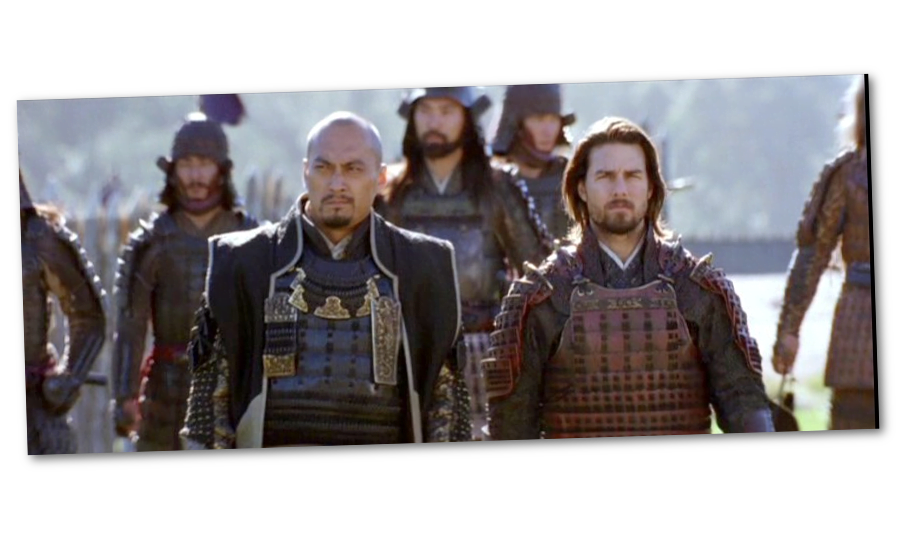
The thing with this movie that’s so interesting to me isn’t that it’s a good or a bad telling about the Satsuma Rebellion and the battle of Shiroyama, which were real things that really happened. It honestly seems pretty reasonable to me that Ken Watanabe could easily be a Samurai dude in the vein of Saigo Takamori for an actual story, because Ken Watanabe is awesome, and can make anything sound cool or great.
The thing is, the Satsuma rebellion is one of those stories that’s a little bit too easy to template orientalism on, because it’s the story of people we already didn’t like understanding, and it echoes of a familiar story we in the west already like. We love an underdog story and there’s a strong fetishisation of the Samurai in the west. The Samurai, oo, they’re mysterious. The Samurai, ooo, they went into battle with just a sword, no armour or guns. The Samurai, oooooo, they lived with honour and killed themselves rather than face disgrace!
Almost none of that was true, by the way. I’m still trying to convince Ted to write somewhere common-access I can to get the Hot Takes on Samurai out there, but let me see if I can give you the short summary.
Samurai were dickholes.
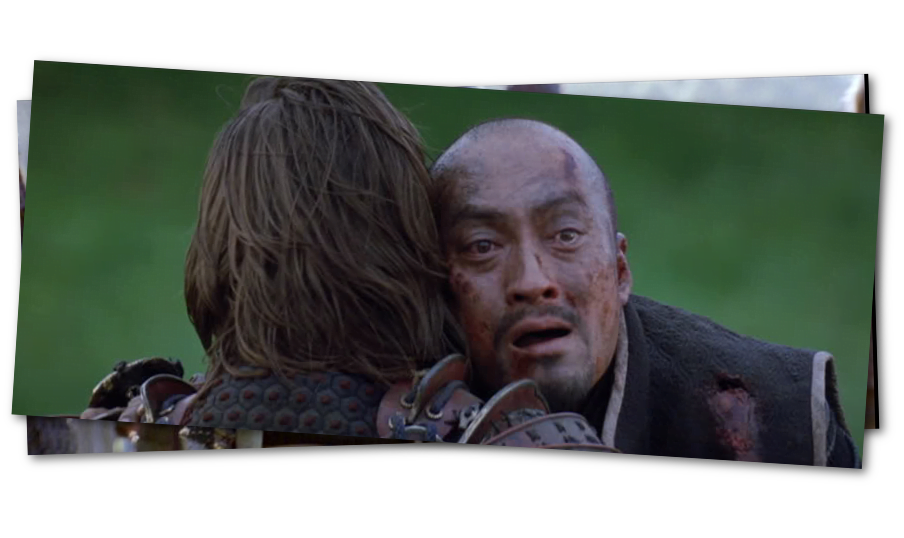
Samurai were basically people who inherited a position that meant they got a free ride from the government as long as they could justify that they got a free ride from the government, which led to a lot of writing by Samurai class people about how Samurai class people totally deserve free food because they’re Samurai people. They wrote about their skill in battle (in two hundred years of peace) and loyalty (after a history of fragmenting power of the lords, while many of them had no lords), and their deep philosophical insight (after writing the aforementioned twaddle). The Samurai were as a cultural group basically people paid by the government to tell the government how great an idea it was to keep paying them.
If you look into the actual times of war and the Sengoku Jidai, you’ll find the people who were most treacherous and untrustworthy were the Samurai, people who had some stake in the power structure and ensuing outcomes of battles. They would actually backstab people, set up traps, get people assassinated and totally wreck negotiations by being blundering chodes. If you wanted loyalty you got yourself a ninja, and if you wanted actually fearsome resolve in battle, inexplicably, you got yourself some Monks.
As Samurai were privileged, paid, and listened to, and as the wars completely failed to break out, the Samurai kept going with their rhetoric about being Super Death Badasses who needed the freedom to Kill At Will, because of their fiercely important Honour. I’m simplifying, but not by much.
The Satsuma Rebellion was about a lot of things, like the restructuring of a government system, moving priorities, old and new philosophies clashing, but inasmuch as we can point to small groups of people forming around the intentions of single humans the Satsuma Rebellion is about a dude named Takamori Saigo. Yeah, like Ken Watanabe’s character!
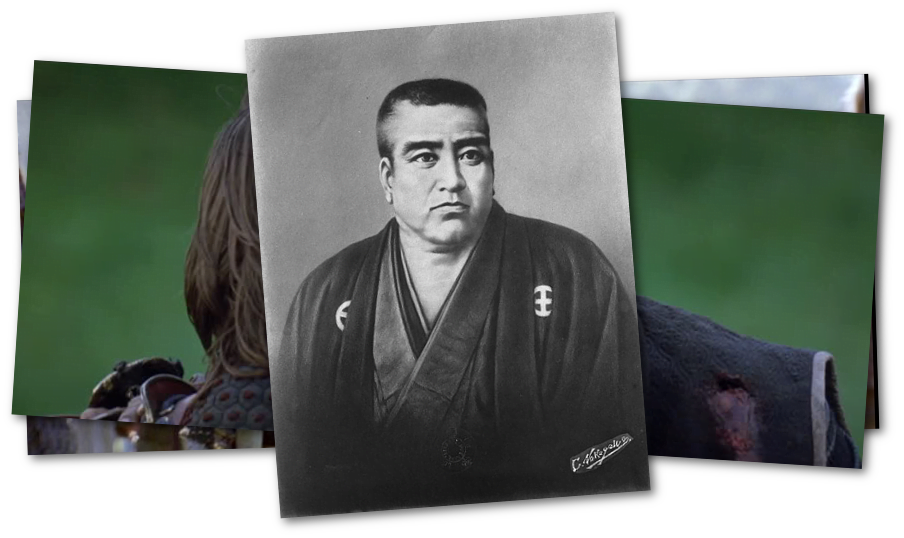
Saigo wasn’t just important, Saigo was one of the most influential Samurai in history. Saigo helped establish what we call the Meiji Restoration, or ‘when the emperor got to emp again.’ The dude wrote poetry, led wars, fought in battle and argued in court, so he wasn’t nothing. But he wanted to invade Korea, like really wanted to invade Korea, like, real bad, and the rest of the court were all like, dude, wtf, we just got done building a sweet railroad and consolidating power under a single government system, you really wanna start a war over an ocean we didn’t even build a boat, c’mon man, you know how invading Korea gets.
And Saigo was like WELL I SEE MY EXPERTISE IS UNWANTED and went off to start the Satsuma Rebellion, which the movie The Last Samurai frames as a noble man holding hard to the last vestiges of his culture as a modernising world tries to take it away from him. Oh tragedy! Oh Ken Watanabe, why must you suffer so beautifully and nobly.
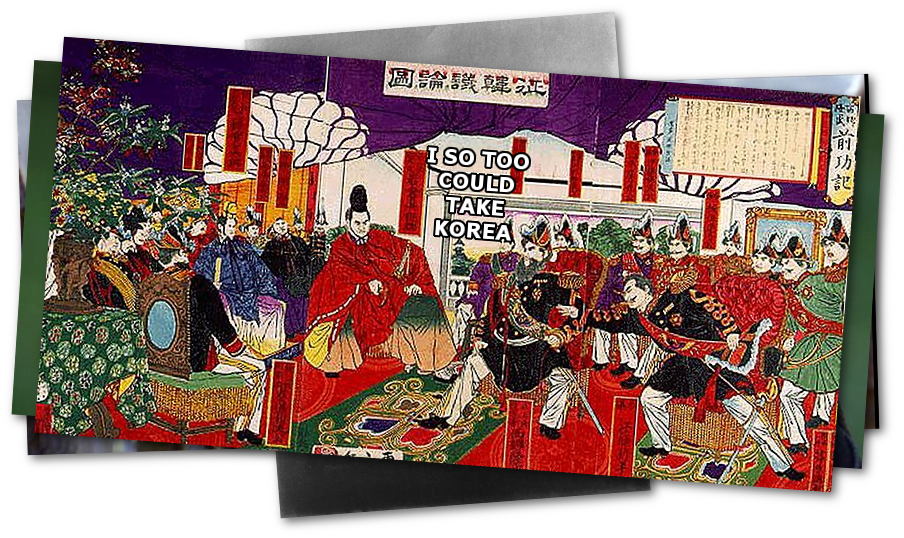
Yeah, the reason the government was trying to disarm the Samurai was because some asshole mustered up all the Samurai he could find and started an armed rebellion. Like, the cause of the government crackdown on Samurai was Samurai doing stuff that needed cracking down. Saigo spent his life making the government strong, then picked a fight with that government.
And then, the government cornered the Samurai in Shiroyama, which was a remarkably brave affair where a bunch of Samurai got killed, after being offered a chance to surrender, because it turns out 60-to-1 odds aren’t good especially when some of the 60 are on warships shelling you with artillery.
It was a fantastically heroic, incredibly brave, indescribably stupid last stand by a bunch of entitled prats mad that they lost their free rice.
Well then, you may say, if the Samurai were just the most garbage of garbage boys, then, why exactly did I want to talk about this incident? It could just be me being meanspirited, wanting to tell you that this heroic last stand of people brave enough to charge into gunfire and die rather than surrender the last of their culture to the Incoming Empire was somehow not good because the principles they stood up for were also really garbage.
No, the reason this is interesting, the reason I want to talk about this movie is because if you know me, you know there are two things I love to talk about: Ridiculous failures and pointless details about currency.
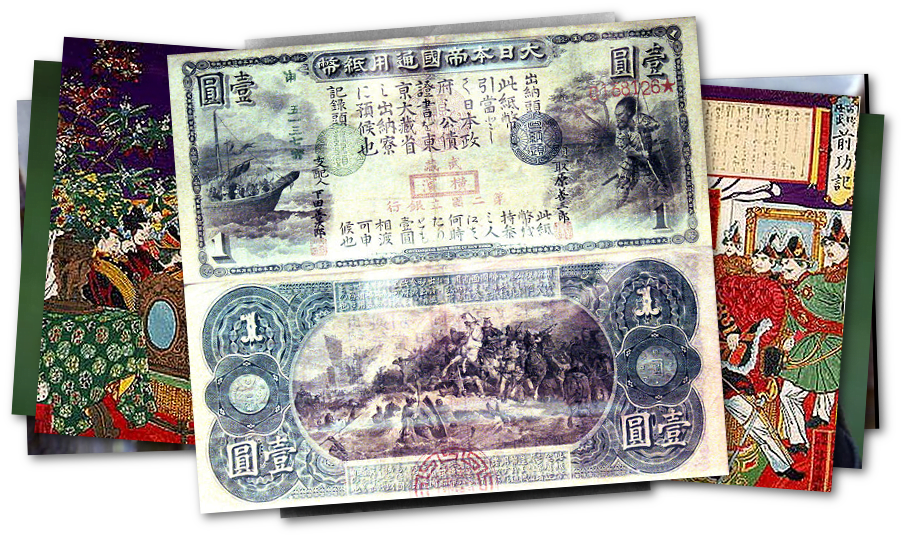
Because the Satsuma rebellion, in addition to being just another Civil-War like incident of a small dissident faction of privileged snotbabies demanding they still get to treat the world like they owned it, reacting angrily to the idea of being divested of their grotesque privilege, was also an enormously costly war. The Japanese government had a lot of its money represented by noble holdings – things that the noble class of the country were already owning. To raise money, a lot of those things got sold. But at the same time as they were doing that, Saigo’s people were also selling things they owned to make money – you know, those same noble holdings.
What this means it that the Satsuma rebellion had a sort of two-fold drain on the country’s economy. Despite it being a very small overall rebellion it still represented a disproportionate loss of wealth for the state – in no small part because a lot of the people who’d been killed were also, themselves, spending tons of the money the government ‘owned.’ The gold standard just wasn’t going to work for a country that’d been blowing its gold willy nilly for a year non-stop trying to privately finance wars against the state. The Japanese government, as it established itself, had to do something to change the economy, to move from the existing currency form that was rapidly at risk of collapse.
Saigo, you see, to finance his civil war effort, issued paper money. And as the rebellion and the government both depleted their gold reserves – which were also what they were using for international trade for the past six years – eventually, that paper money idea caught on within Japan. The paper currency even let the government control the war-time inflation by literally destroying money, which you can’t do with gold standards, I mean, not in a long-term way. Saigo helped consolidate a government to the point where it could maintain banks, he issued paper money to finance attacking that government, and then, because of those two innovations, the government could safely finance wrecking him.
And isn’t that way more interesting conversation than the one about whether or not Saigo’s head was cut off for fun or for honour?
* That was Kevin Costner, just in case you were getting actual movie information from me
Also, big ups to Ted for helping me with some of the details!
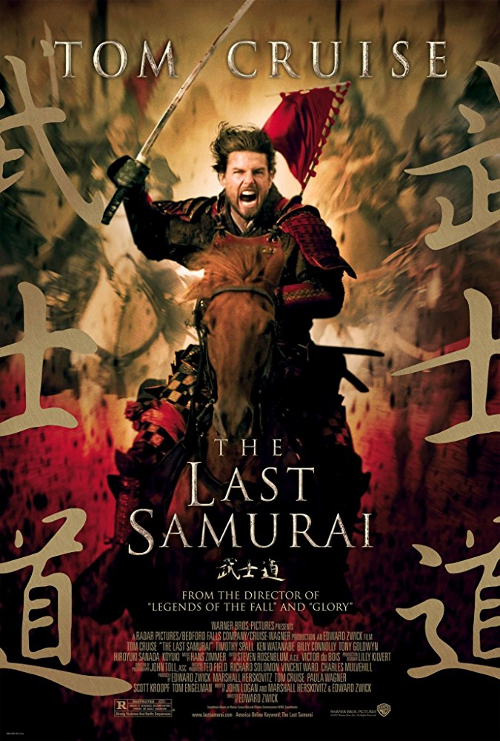
1 Trackback